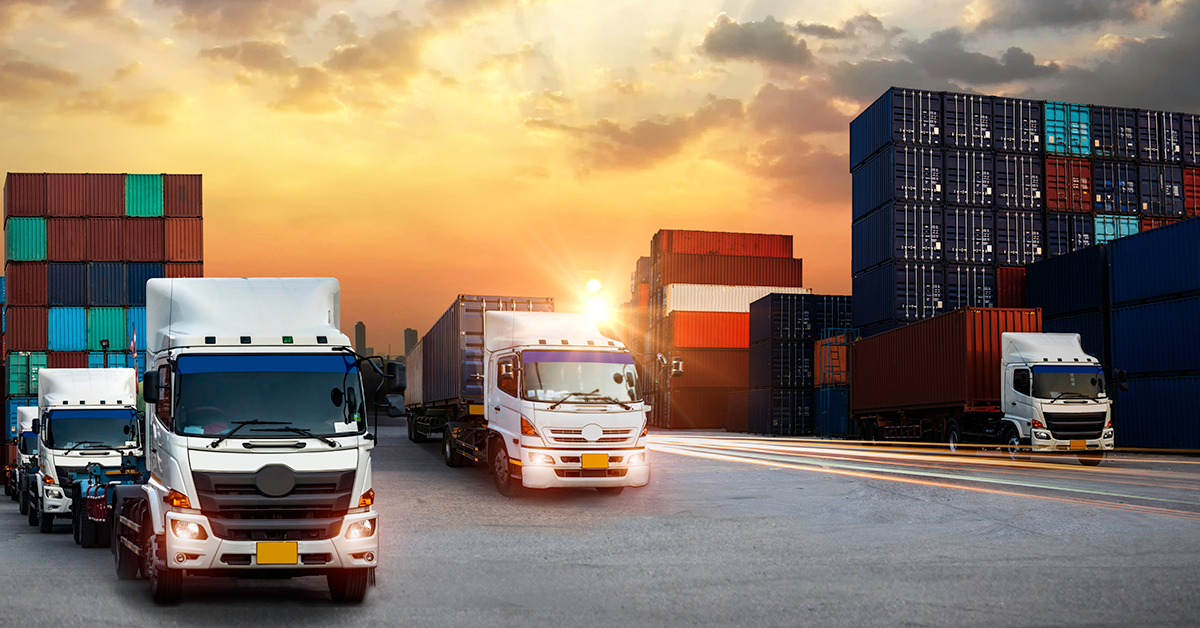Since the pandemic began, US federal agents have seized more than 10 million counterfeit N95 masks alone. In recent months, massive amounts of personal protective equipment have been intercepted at international airports from O’Hare to John. F. Kennedy; illegal operations were even found to be underway in an unregulated warehouse in Queens, New York. PPE in the United States is heavily regulated, and when these illegal operations forgo the certifications and standards, the masks may not provide adequate respiratory protection and essential workers and the American public may be at risk of being infected with COVID-19.
Here are three ways to ensure you’re sourcing legitimate personal protective equipment:
1. Check for red flags on the website and item
As you’re sourcing PPE on ecommerce marketplaces or individual supplier websites, there are several ways to spot counterfeit respirators. According to the CDC, you should look for the following red flags:
- No markings at all on the filtering facepiece respirator.
- You can see a complete list of markings here on the CDC’s website.
- No approval number on the filtering facepiece respirator or headband.
- A TC (testing and certification) number should appear as TC-84A-xxxx.
- No NIOSH markings.
- The National Institute for Occupational Safety and Health (NIOSH) has nine designations: N95, N99, N100, R95, R99, R100, P95, P99, P100.
- Spelling mistakes.
- The website, packaging, and documentation should be error-free. Most commonly, NIOSH will be spelled incorrectly on the mask themselves.
- Presence of decorative fabric or other decorative add-ons.
- Sequins and other decorative elements should not be present.
- Claims of approval for children.
- NIOSH does not approve any type of respiratory protection for children.
- Filtering facepiece respirator has ear loops instead of headbands.
- While ear loops are approved in other countries, only respirators with headbands are certified for use in the United States.

Source: CDC
In addition to looking at the mask itself, there are several red flags for any third-party marketplace or website, including claims of being “legitimate” or “genuine” (they likely are not), bad grammar, typos, or errors, claims of unlimited stock, and a history of price deviations or fluctuations, making the pricing too good to be true.
2. Verify your suppliers
Another way to ensure your PPE is eligible for use in the United States is to only work with suppliers and sourcing services you trust. The sourcing experts at Alibaba.com Select – the PPE sourcing service powered by Alibaba.com – recommend a 5-step process with multiple checks within it:
- Basic information verification
This involves reviewing legal documents like business registrations and tax information to verify that it is true and up-to-date, and the business is in good standing. At Alibaba.com Select, this is a 25-point check that includes reviewing industry licensing qualifications, the level of technology used, scanning for past litigation, and verifying general information.
- Sales history inspection
This involves looking at both the company in question, and other cooperative exporting agreements with other firms. This includes reviewing where the supplier’s main market distribution is, monthly sales and export values, and monthly export value.
- Production and R&D (Research & Development) review
At Alibaba.com Select, a team is dispatched to the facility to verify many aspects of production in-person. The production line and facility are inspected, including raw materials and technology used. Aside from physical inspections, this step of the process includes reviewing R&D testing capability, patents held, R&D engineers onsite – everything down to the electricity bill. If you can’t go to the factory in person, this can be accomplished with videos and third-party inspection agencies.
- Tax compliance verification
Tax compliance paints the picture of a company’s legal standings and trustworthiness, while a consistent process helps enable greater quality control and compliance. This part of the process ensures there is low risk, like reviewing their invoices for raw materials and finished products, and input and gearing ratios.
- Quality control inspection
While it’s always recommended to have third parties inspect every order for quality and consistency, it is important that the supplier has their own internal quality control mechanisms. Alibaba.com Select uses a 9-point check to review their quality management system, raw material and finished product quality controls, and Certificate of Conformity.
3. Work with a sourcing service you trust, like Alibaba.com Select
If you want to work with a team that specializes in every step of the intricate PPE sourcing and fulfillment process, Alibaba.com Select can help. It’s the end-to-end PPE sourcing service powered by Alibaba.com. You’ll work with a team of experts based in New York, with specialists on the ground around the world vetting and inspecting suppliers and shipments. You’ll receive your personal protective equipment exactly as described, fully inspected, and meeting your quality and budget requirements. The team ensures every shipment is in line with standards and certifications you require.
Want to learn more about sourcing PPE to keep your workforce and customers safe? Get in touch with the experts on the Alibaba.com Select team here.
This week's #B2BTuesday Tip:
If you’re placing a large order, you should always consider having a third-party inspection agency inspect your goods. Starting around US $100 and rising depending on many variables, the cost is small compared to the price of receiving an order you can’t use.





